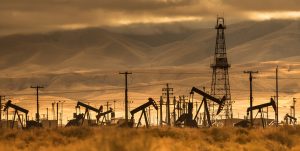 By Xixi Chen, manager, EDF+Business
By Xixi Chen, manager, EDF+Business
This week, President Trump’s administration announced plans to cut the Department of Energy’s (DOE) renewable energy and energy efficiency program budgets by 72 percent, according to a leaked draft of the DOE budget for fiscal year 2019. This is the second major blow to the renewable energy industry, coming only days after Trump imposed a 30 percent tariff on solar imports.
I find this ironic. On Tuesday, Trump stood before our country to deliver his first State of the Union address. It was a story on “America First,” and domestic policy took the center stage – tax cuts, trade, the economy, jobs … and more jobs. But as he praised the accomplishments in these areas over the past year, I couldn’t help but see the other side: the opportunities we’re missing and the jobs we’re giving up (now even more so).
I’m talking about jobs in the clean energy and sustainability economy. An industry that is growing faster than any other sector. According to Environmental Defense Fund’s (EDF) new clean energy jobs report, the solar industry grew 24.5 percent, and has experienced a 68 percent annual growth rate over the last decade. And with this growth comes jobs. Solar jobs now outnumber coal jobs 1.6 to 1 across the country. Today’s increasingly globalized supply chain is partially responsible for this enormous growth.
Trump’s decision to impose a 30 percent tariff on solar imports from Asian markets, including my home country, China, will set this progress back. Here’s what a tariff could do: Read More »




